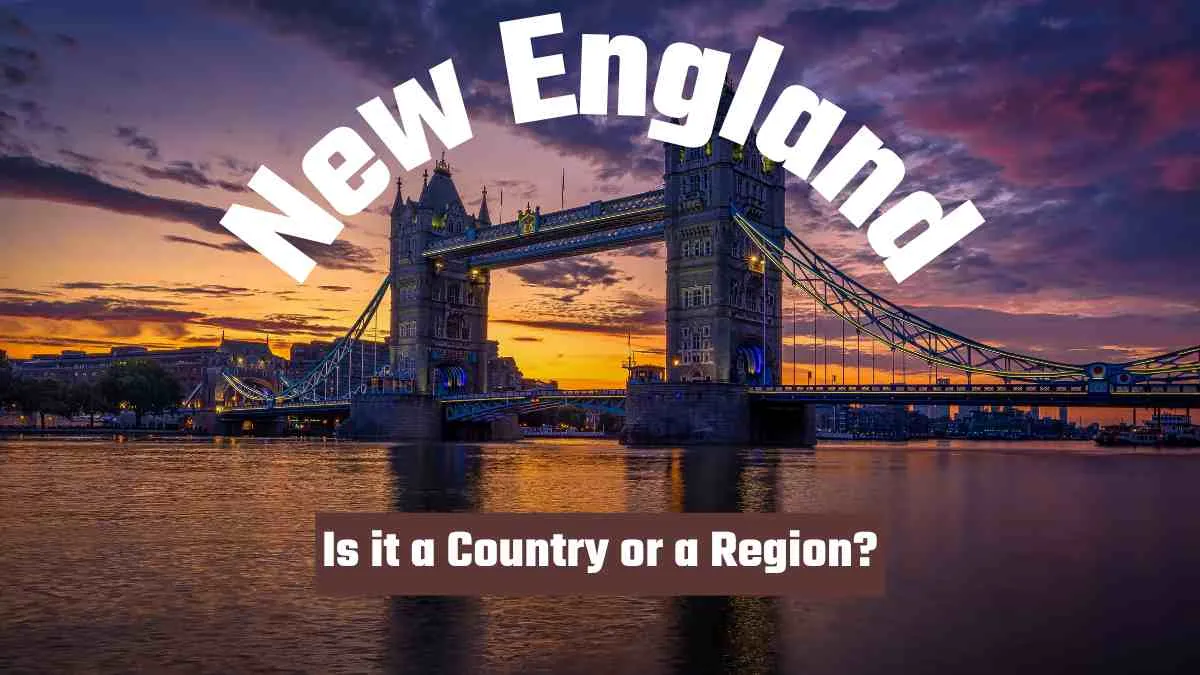When we hear the term New England, its unique identity, rich history, and cultural influence may lead some to believe it’s a separate country. But is that true? Here’s a detailed look into what New England is, how it came to be, and why it remains significant in American history and development.
Check out: What is One Big, Beautiful Bill Act? Check Key Features and Latest Updates
What Is New England, A Country or a Region?
New England is not a country; it is a region located in the northeastern United States. It comprises six states: Maine, New Hampshire, Vermont, Massachusetts, Rhode Island, and Connecticut. This region holds a distinct place in America’s historical and cultural landscape, often referred to as the birthplace of American ideals.
Who Named the Region and Why?
The name New England was given by Captain John Smith in 1614, during an exploration of the area's coastline on behalf of London merchants. The region soon attracted English Puritan settlers, whose disciplined, work-centric lifestyle suited the needs of these early, struggling communities.
How Did New England Shape Early American Education and Government?
In the 17th century, New England's settlers placed great value on education and enlightened leadership, leading to the early establishment of public schools and major institutions like Harvard (1636) and Yale (1701).
Isolated from Britain, New England developed its style of representative government, including town meetings, expanded voting rights, and a strong emphasis on civil liberties.
What Role Did New England Play in the American Revolution?
By the 18th century, New England had become a center of revolutionary activity. The region’s patriots were instrumental in the movement for independence from Britain, and New Englanders played key roles in forming the United States of America. The region also strongly backed early national policies, such as tariffs, and supported the Federalist Party.
How Did the Industrial Revolution Change New England?
The Industrial Revolution brought rapid change to New England. The economy shifted from self-sufficient farming to manufacturing, producing textiles, shoes, clocks, and hardware. These goods were often sold across the Midwest by Yankee peddlers.
The growing industries also attracted large numbers of immigrants from Ireland and Eastern Europe, leading to significant ethnic and religious shifts in the region’s cities.
Check out: What is a Senate Bill and How it Works?
Overview
So, no, New England is not a country. It is a historic and culturally significant region within the United States of America. Its legacy in shaping American education, governance, industry, and reform remains unmatched, and it continues to thrive today as a hub for innovation and intellectual growth.

Comments
All Comments (0)
Join the conversation